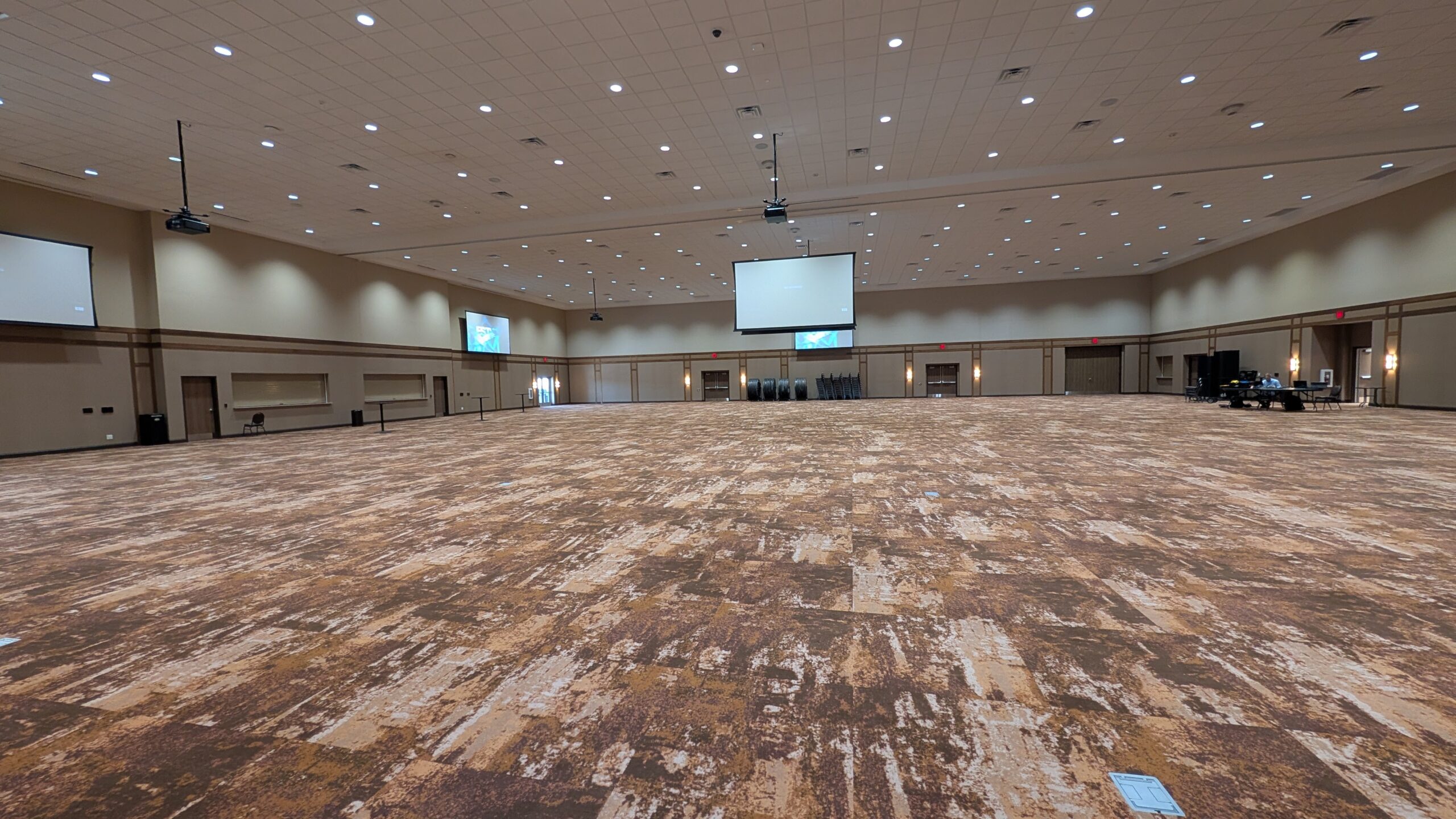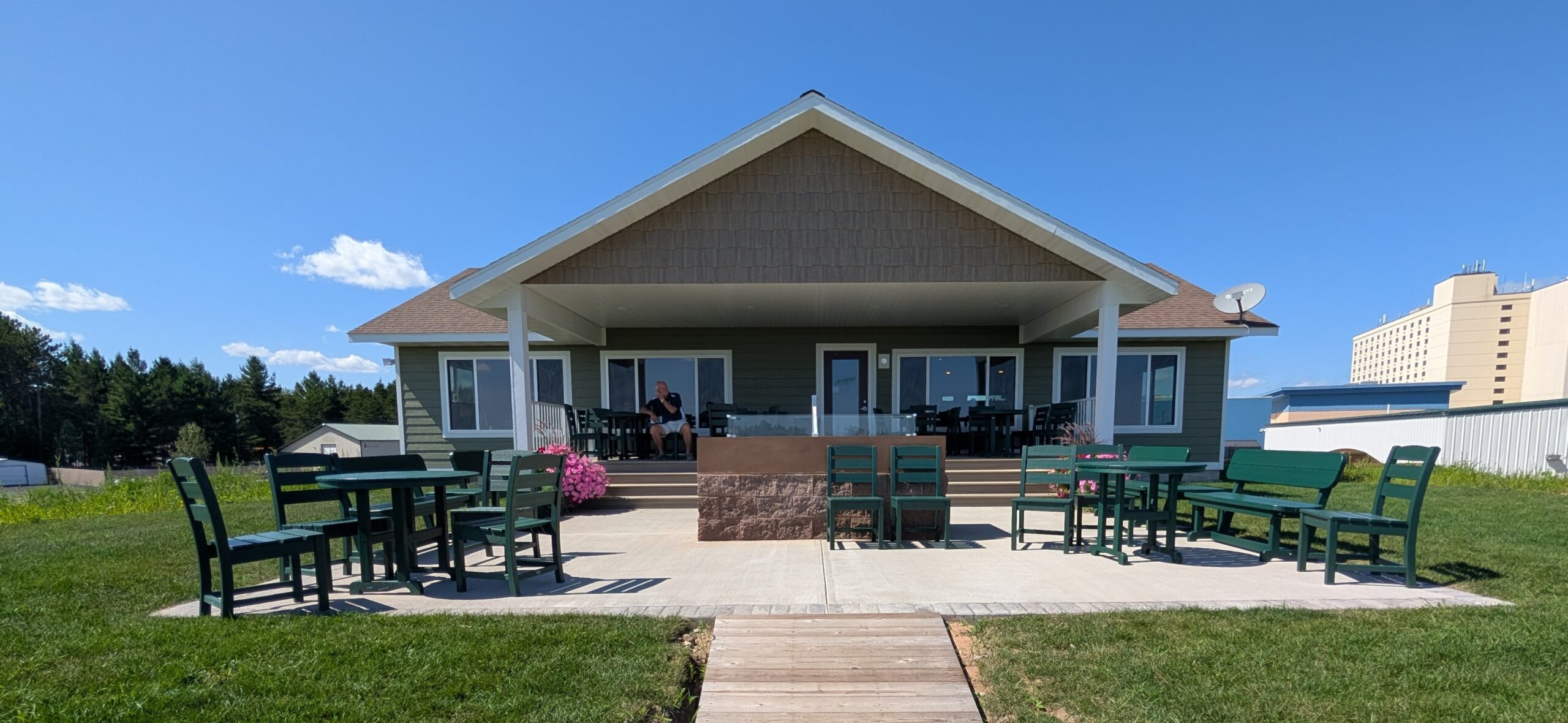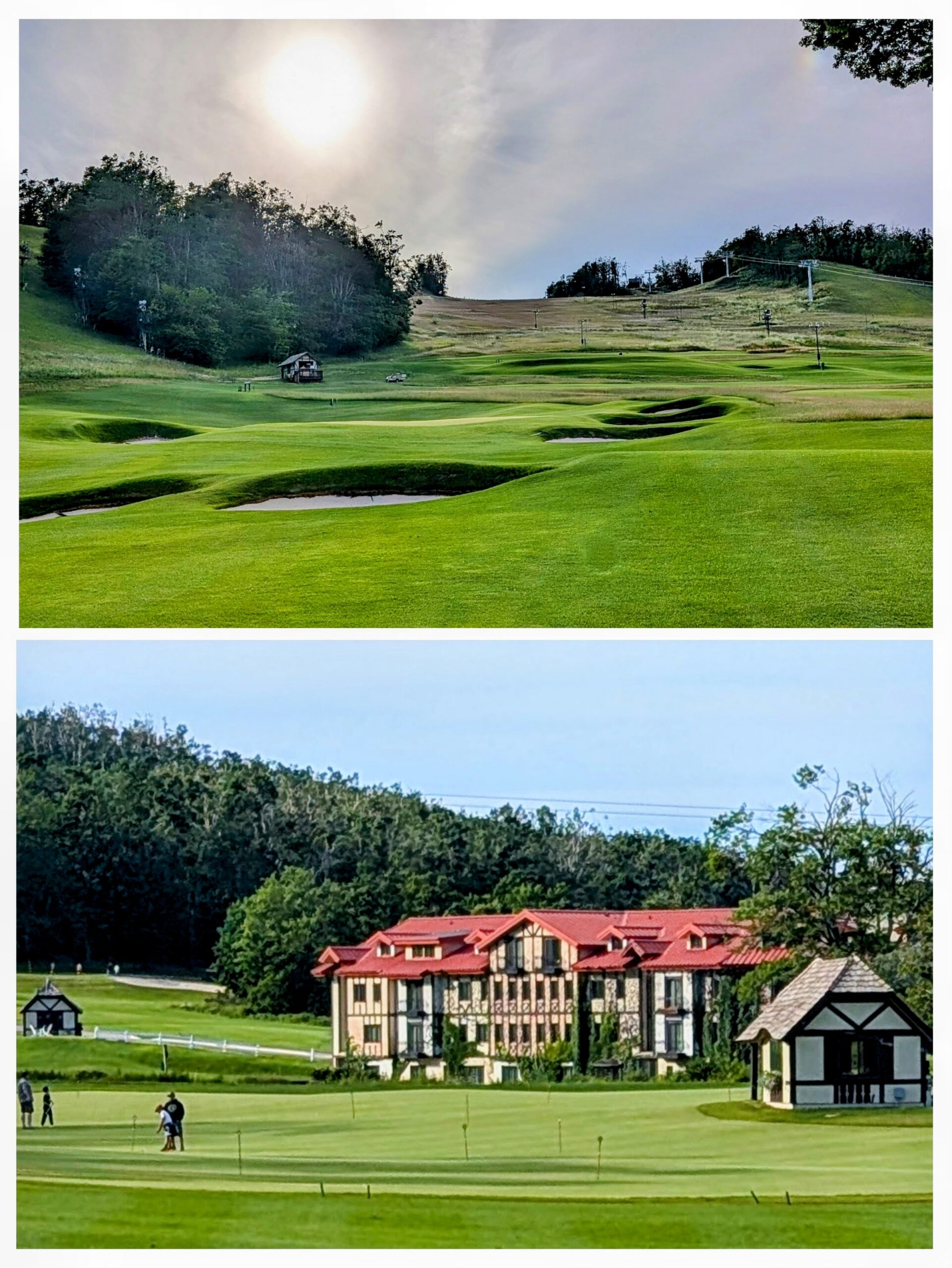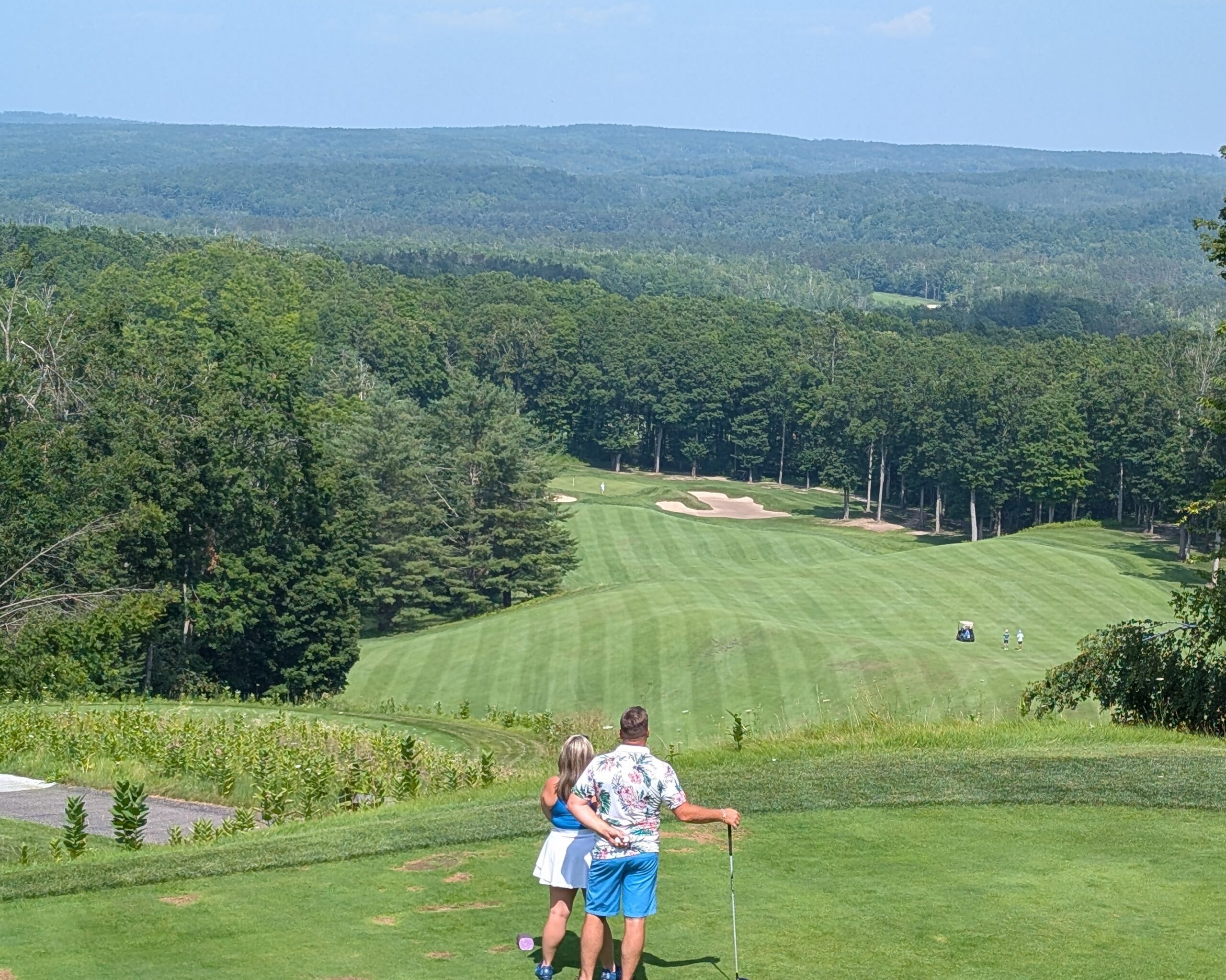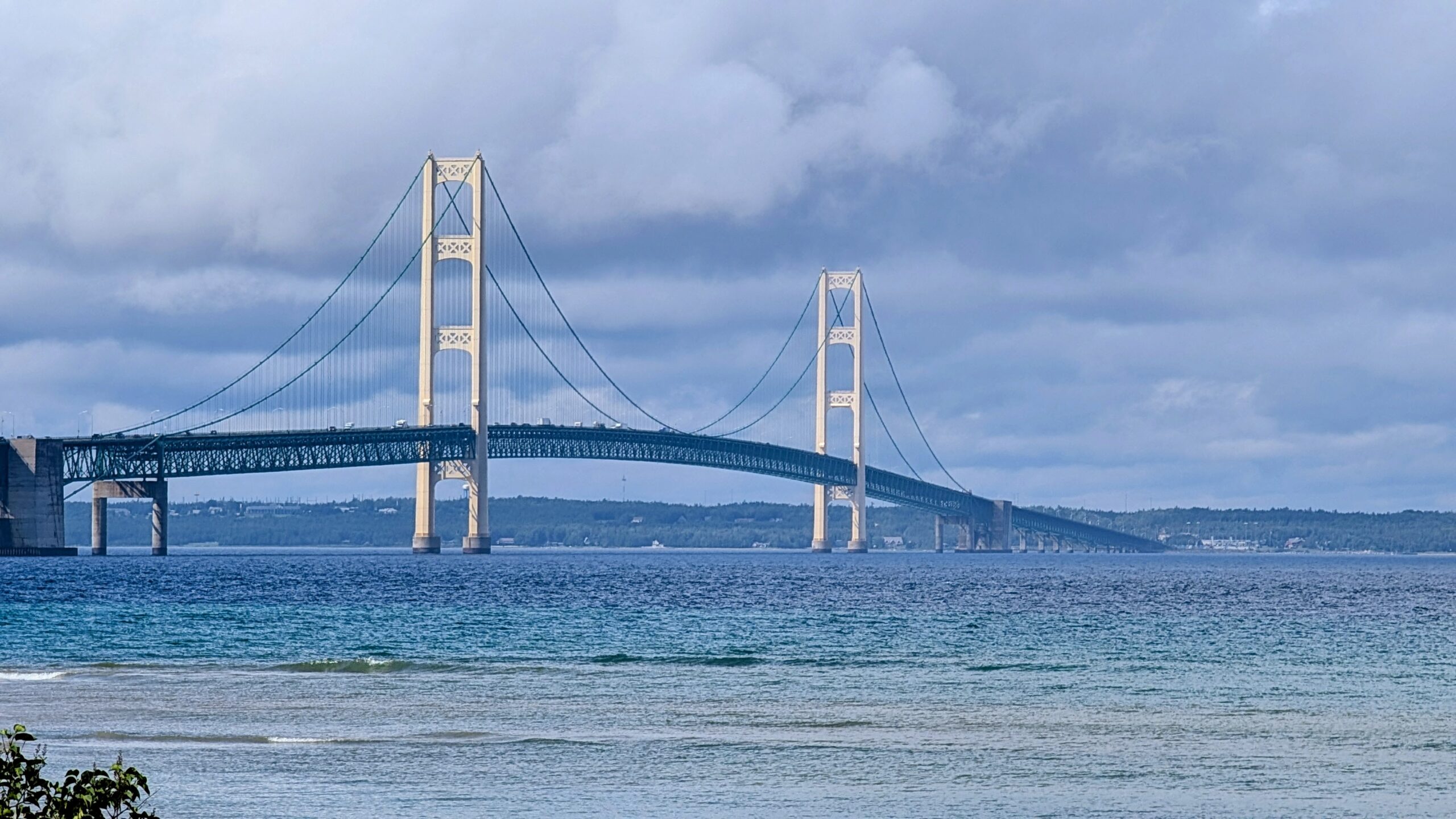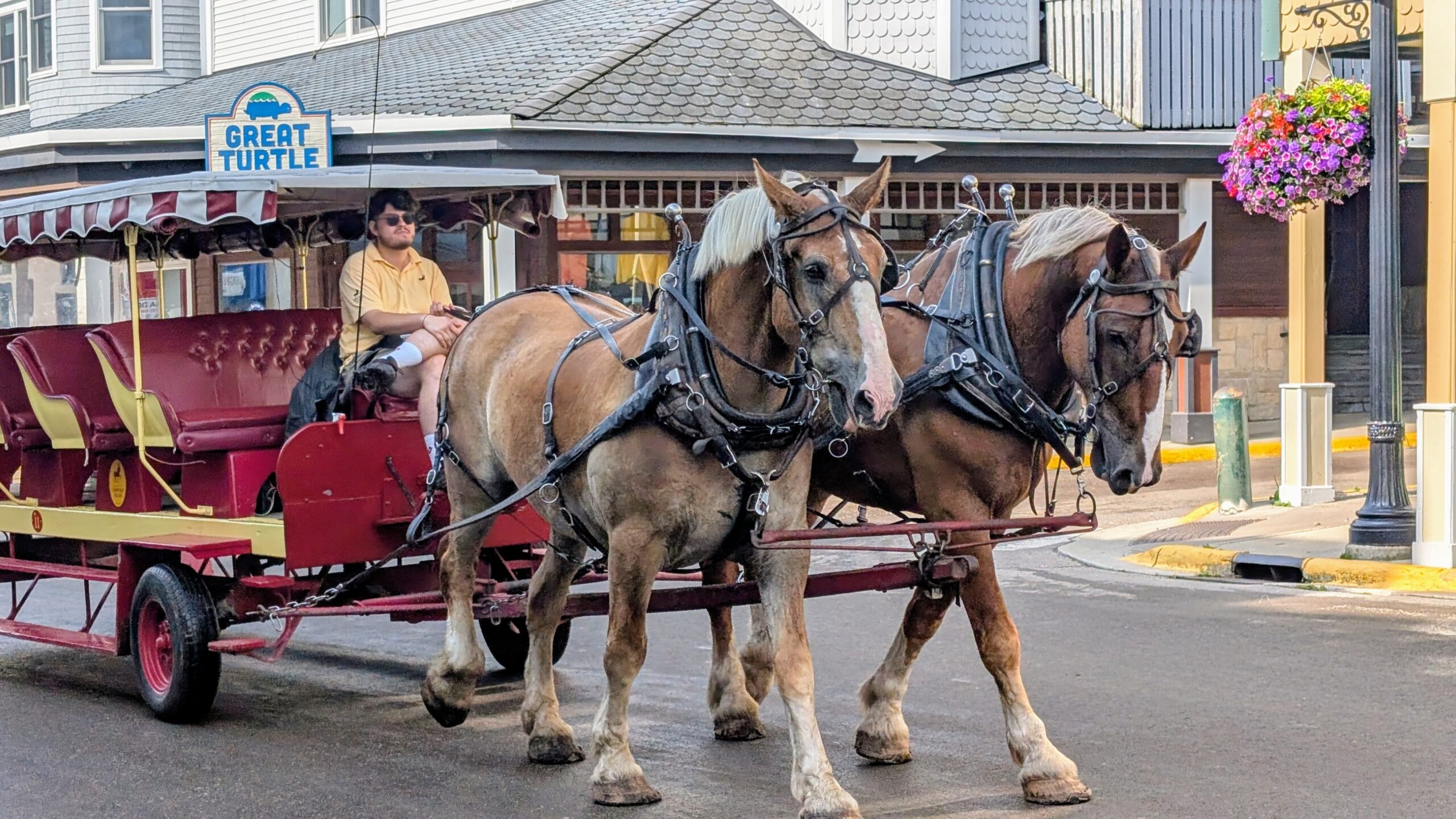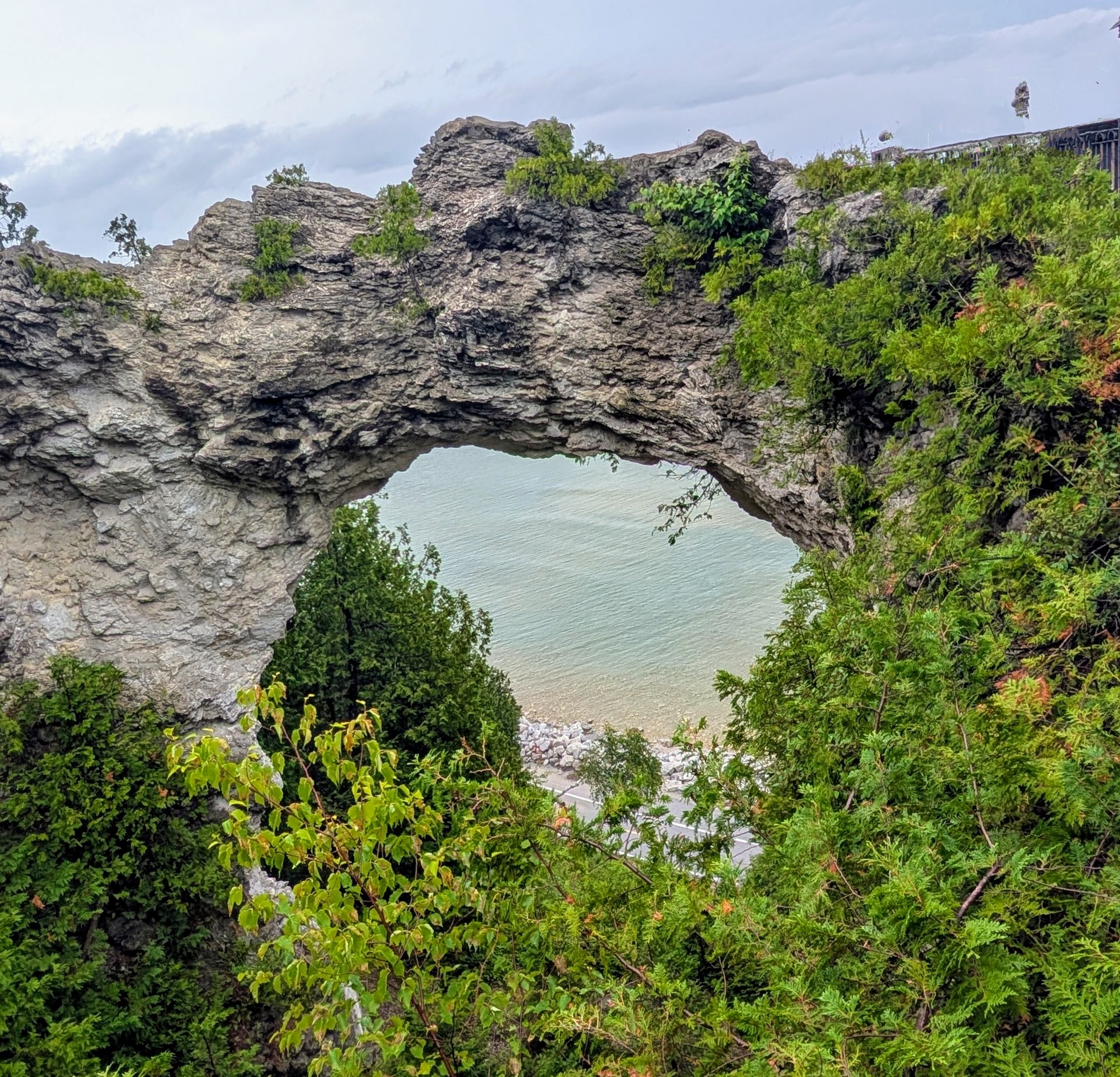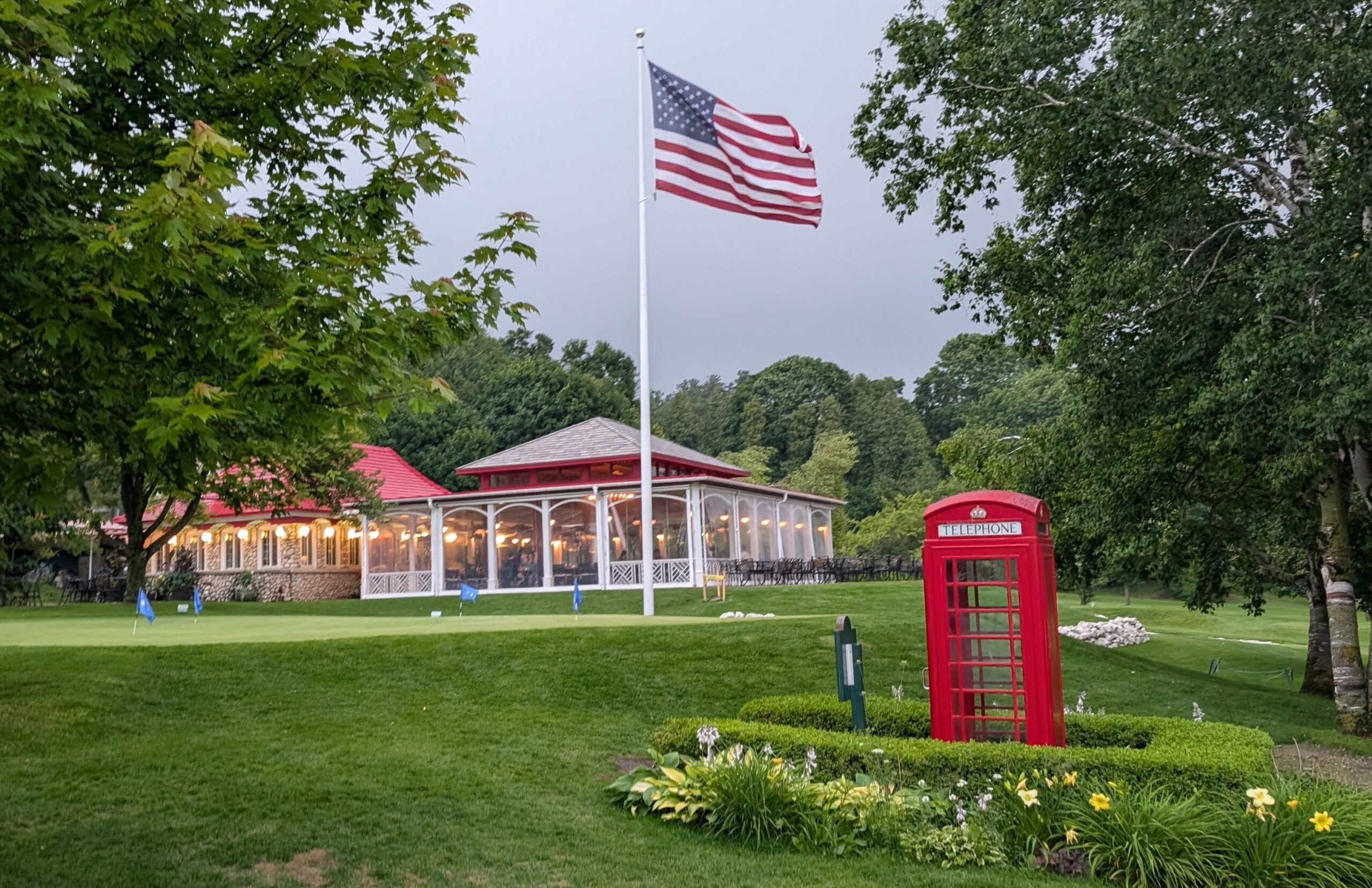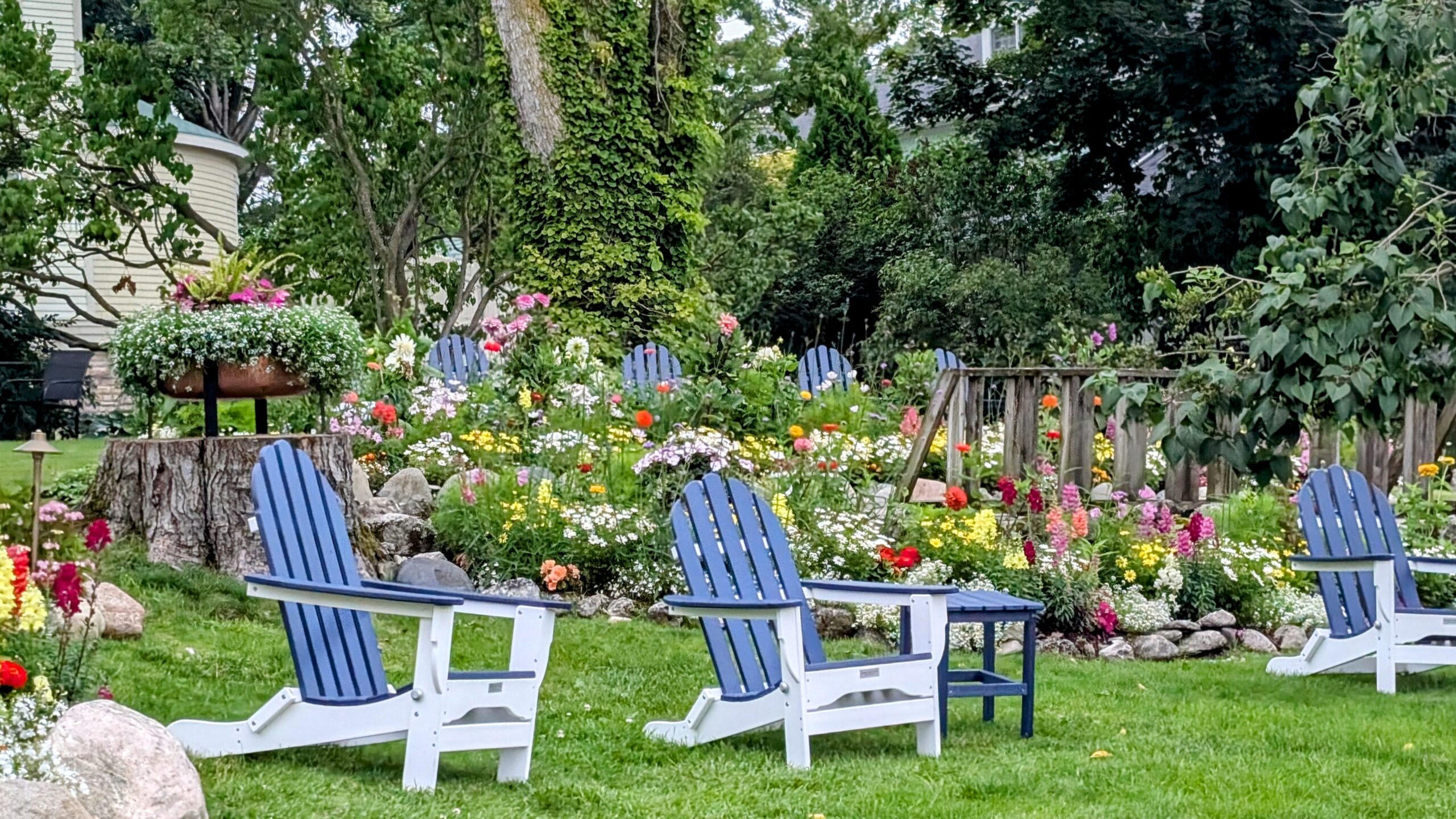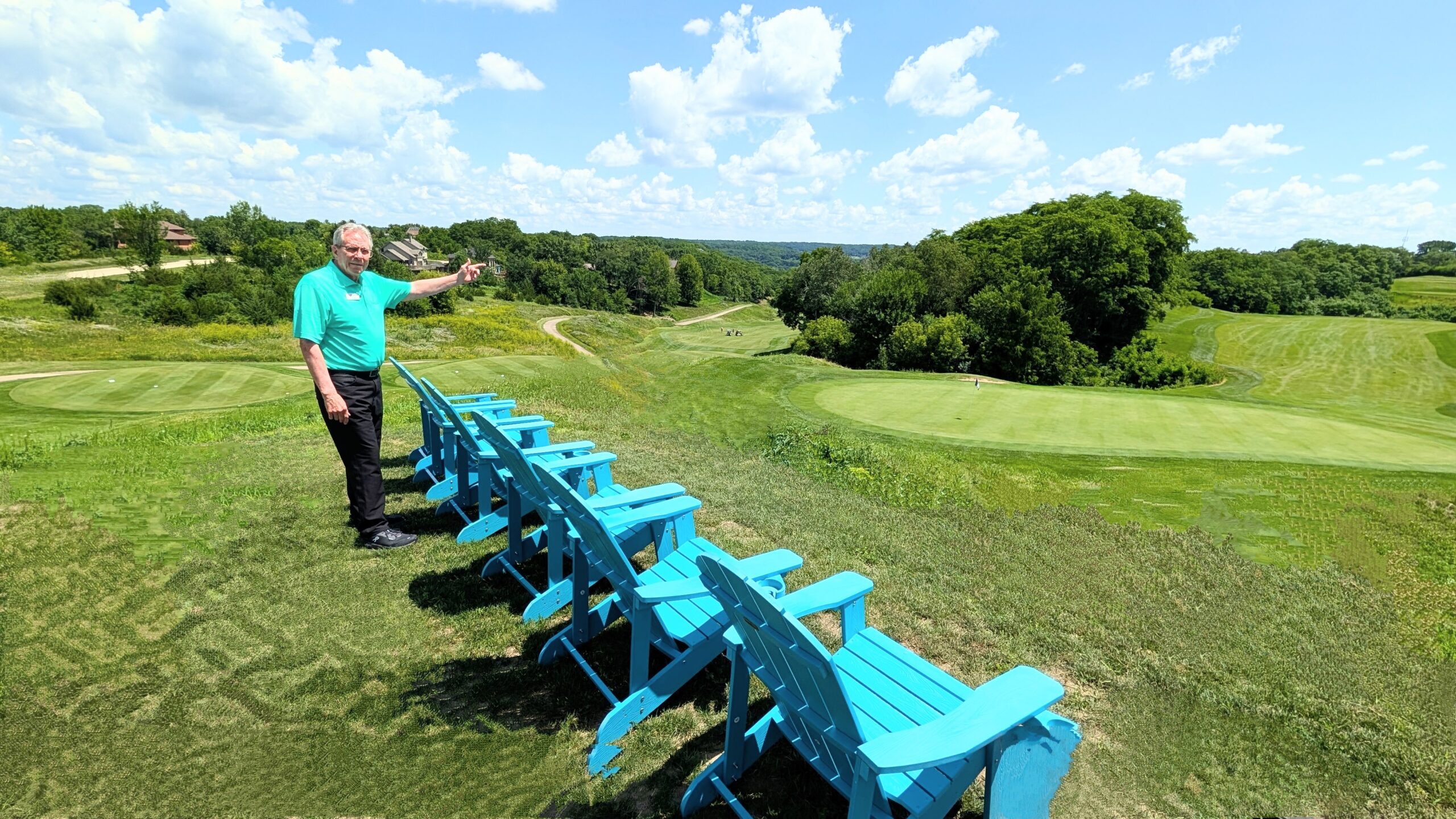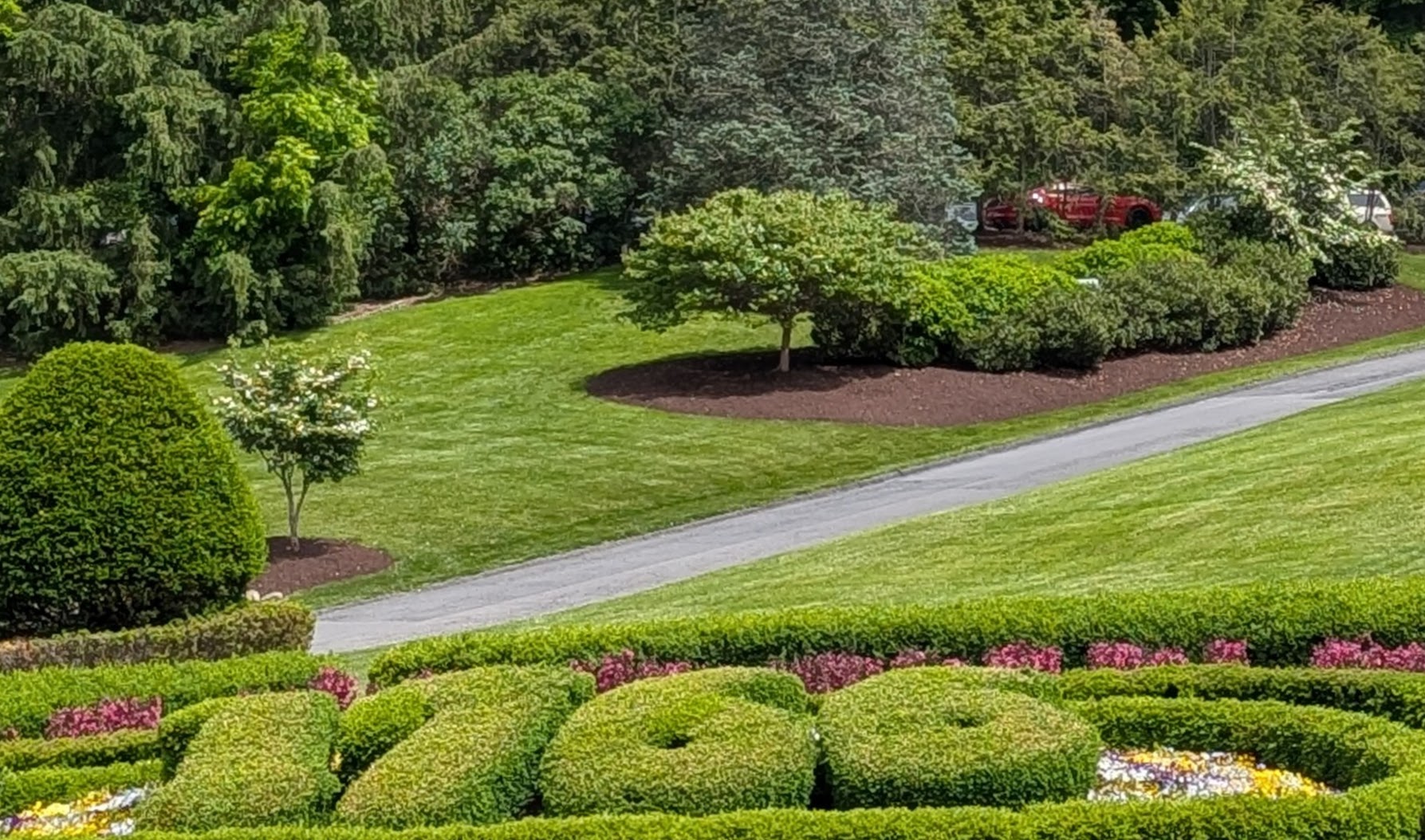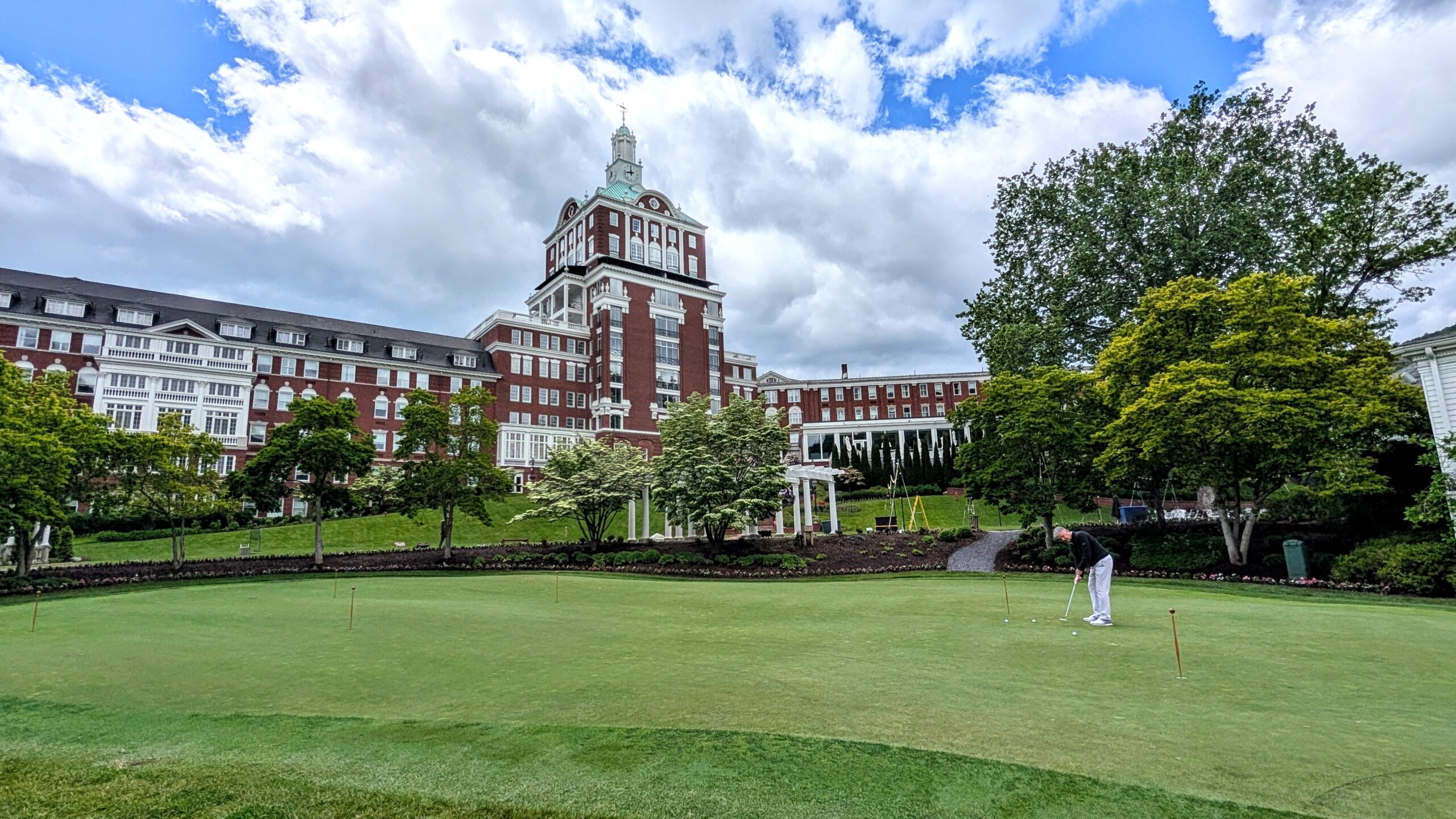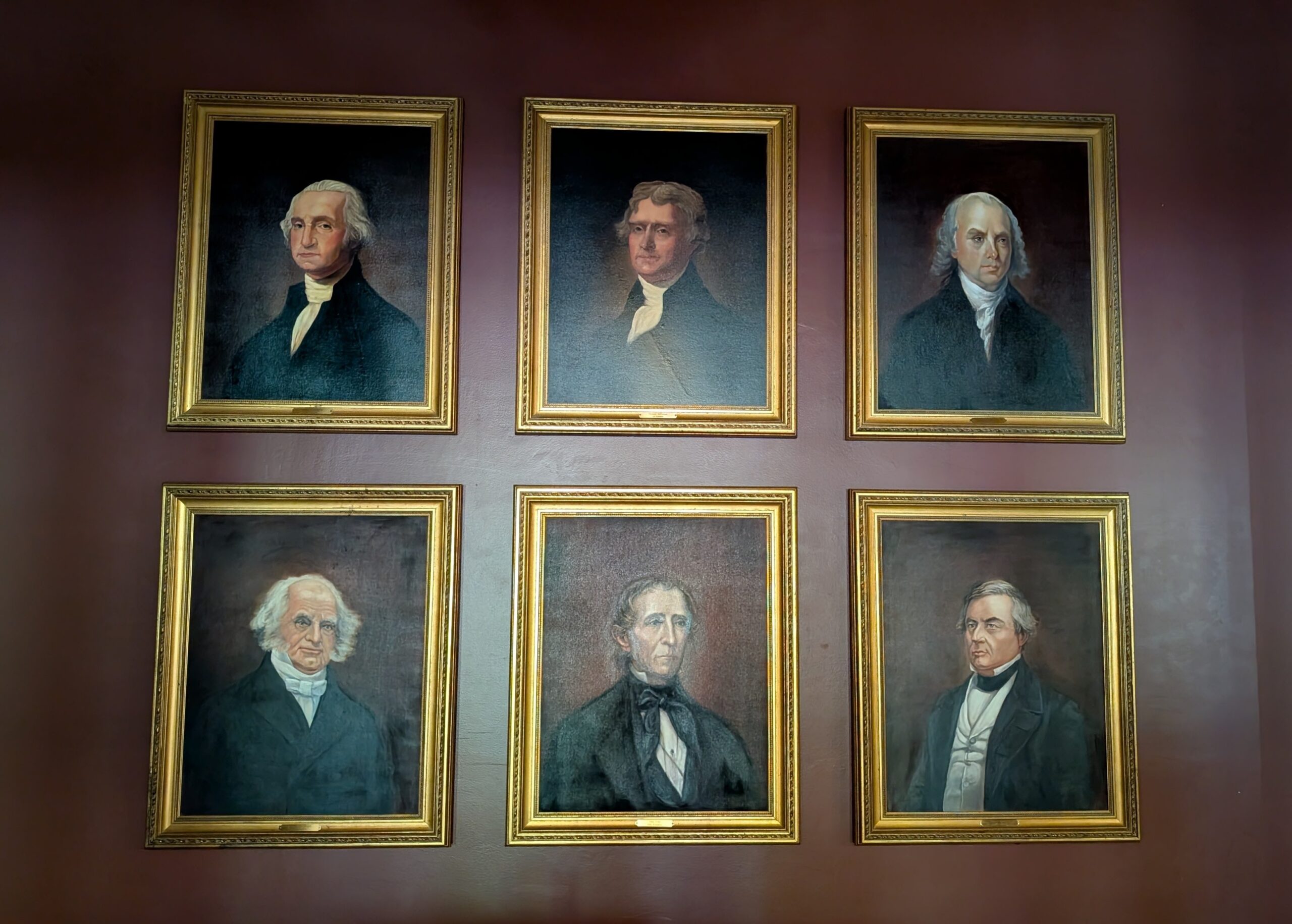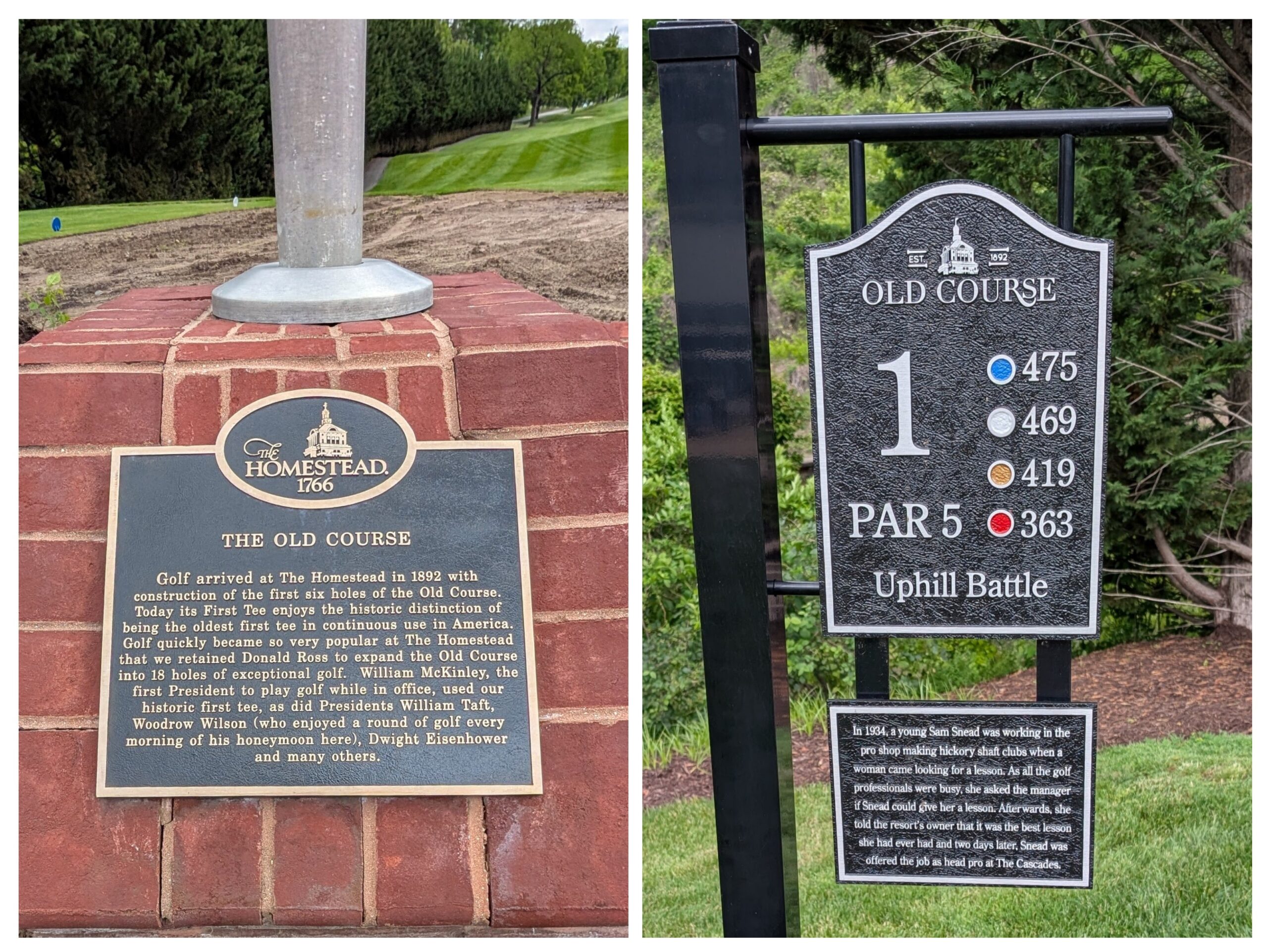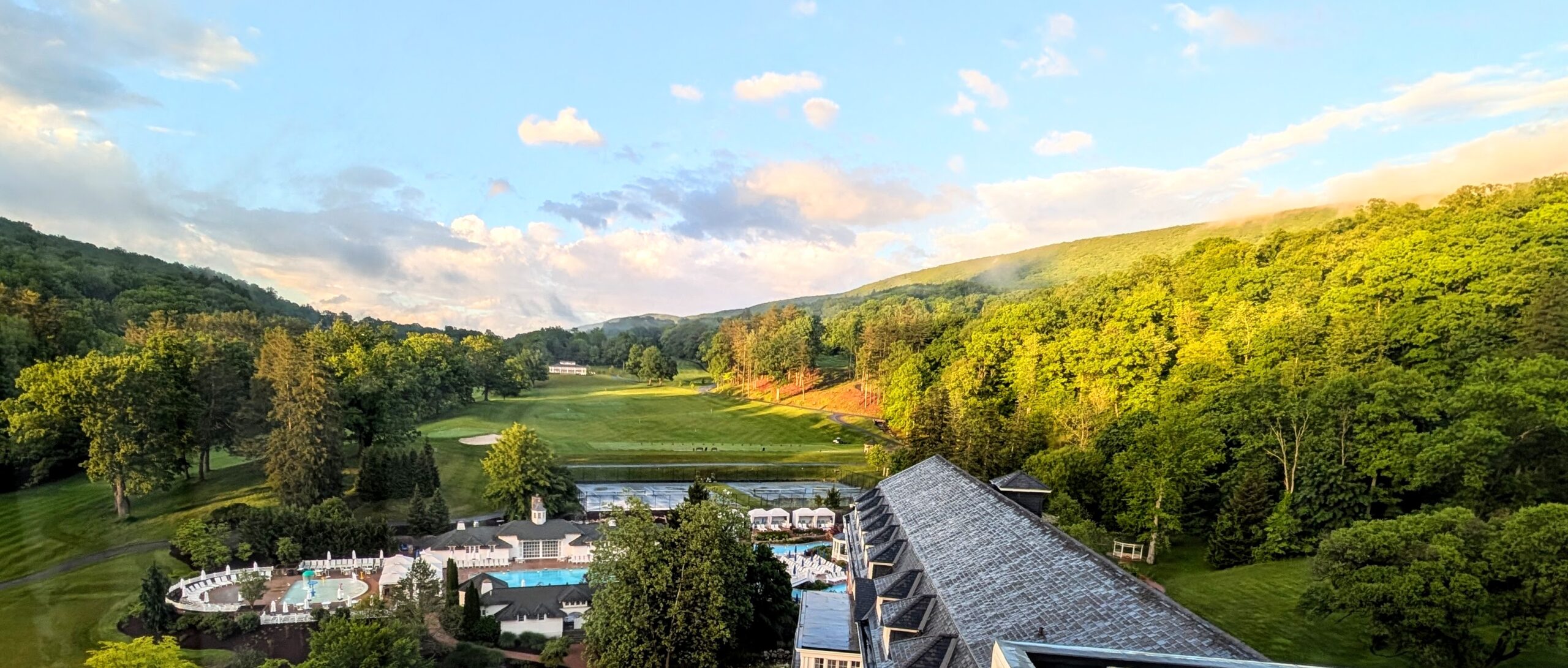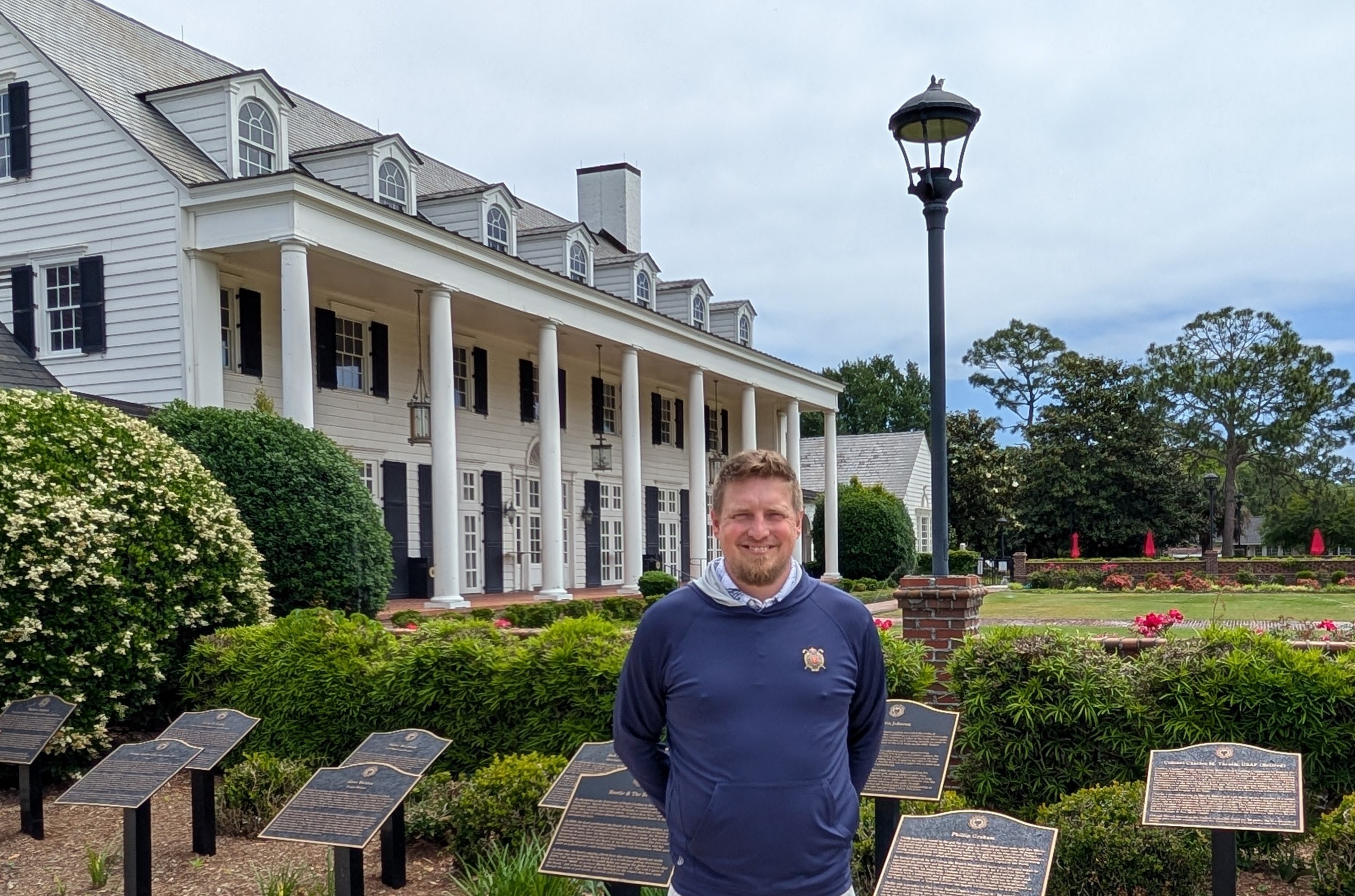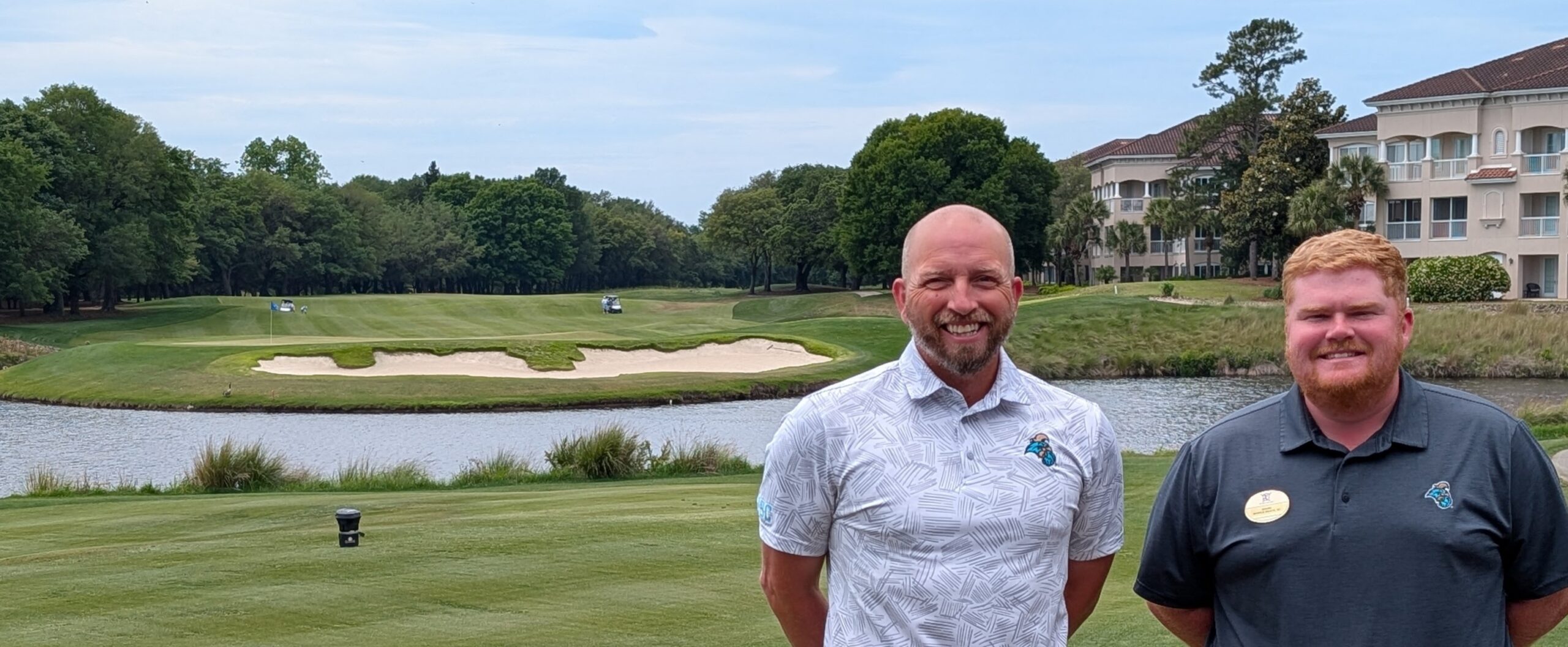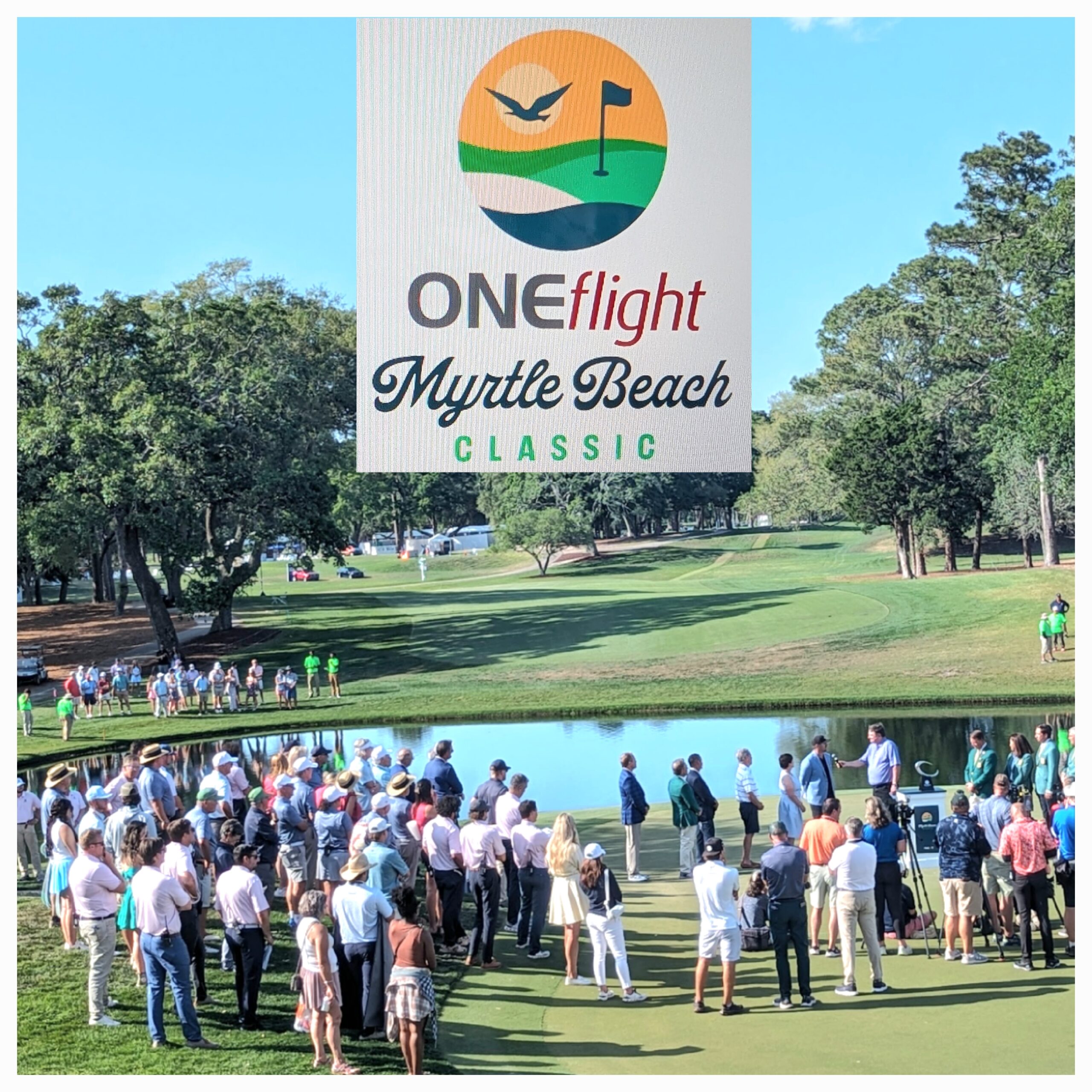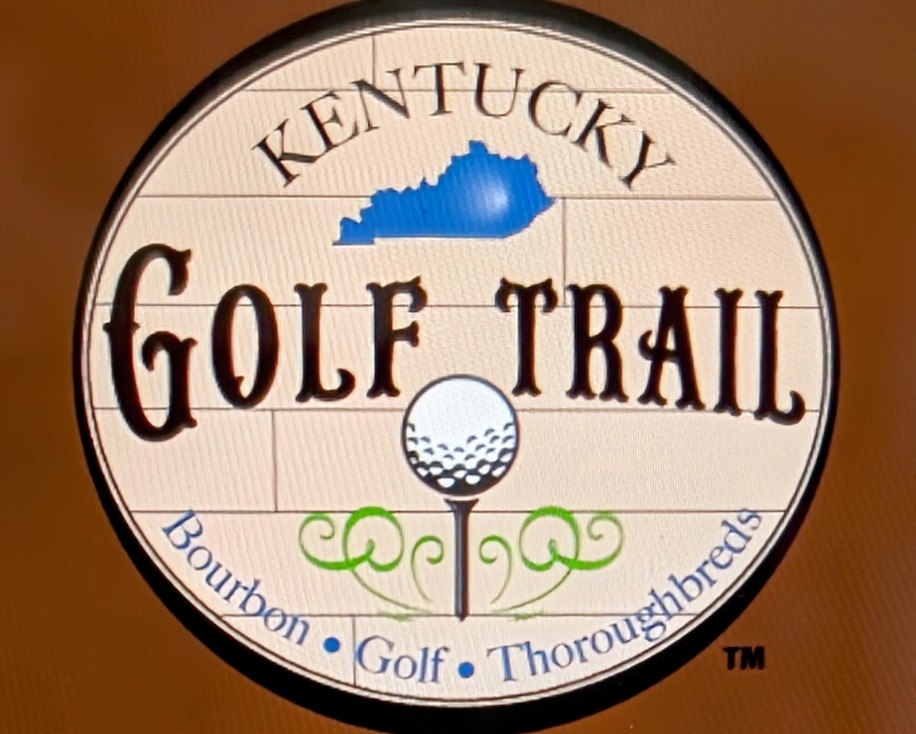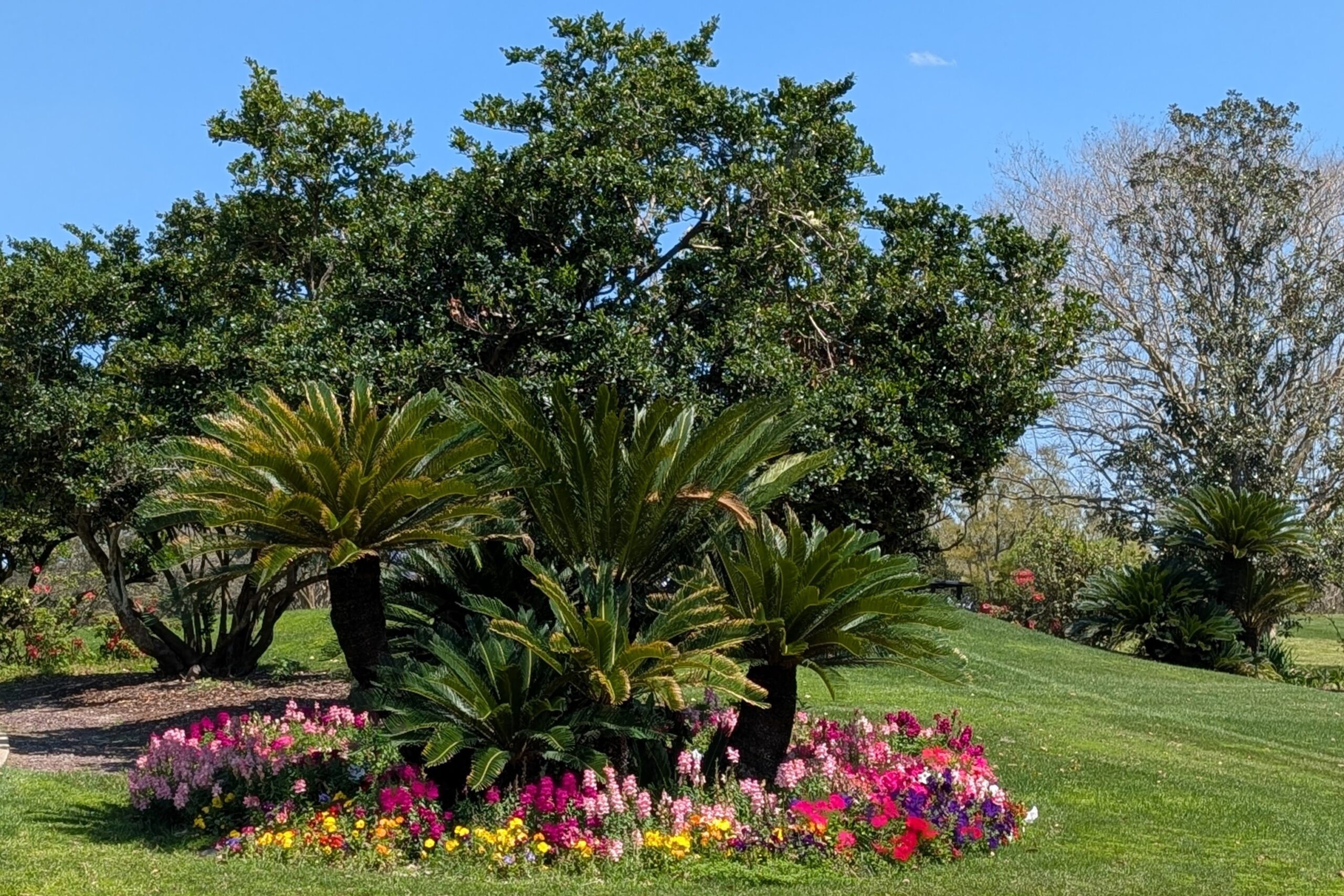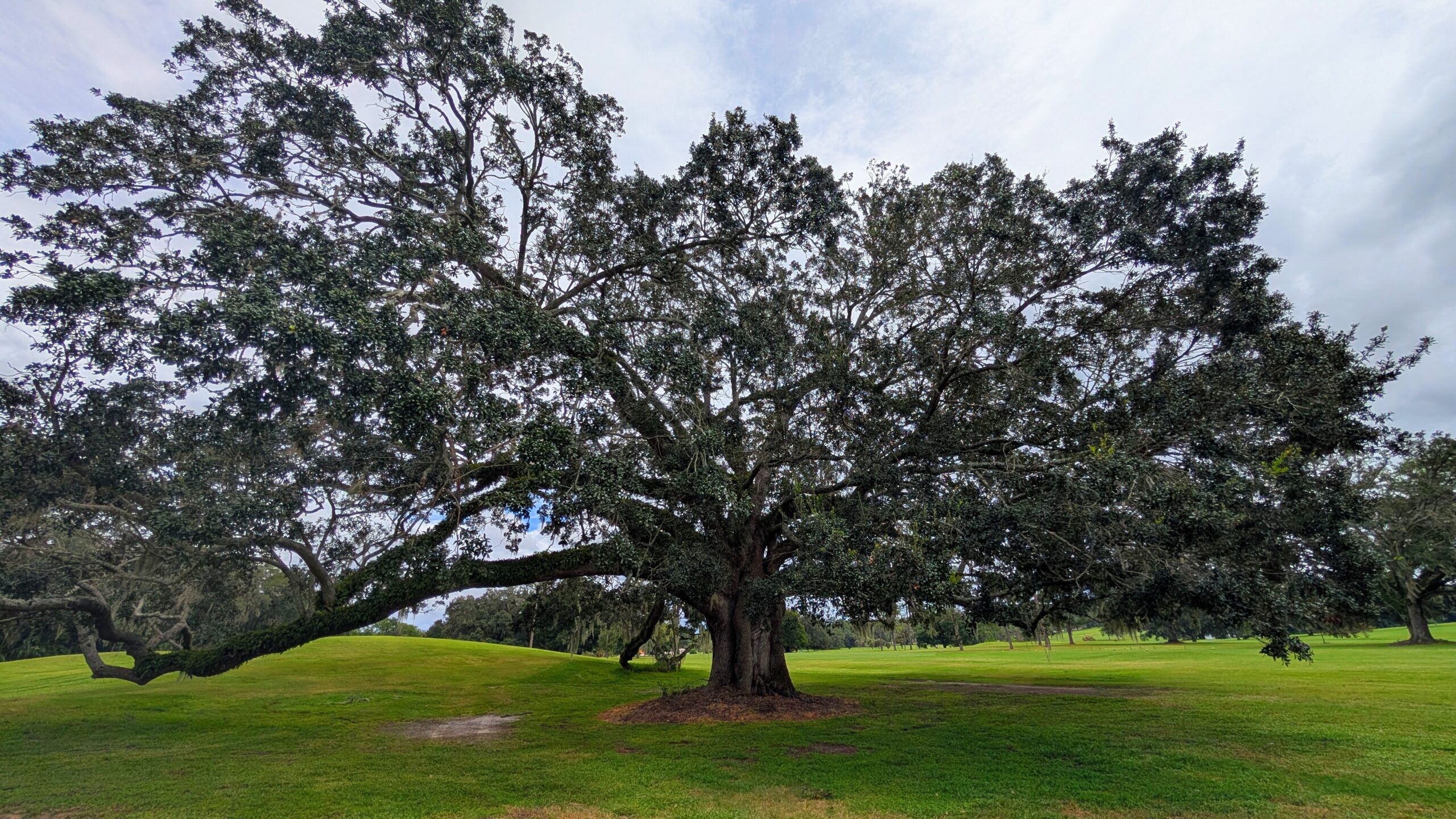
 OCALA, FLORIDA – Lots of states have golf trails. Some spotlight regions, some types of layouts, some architects. All are good ideas, but Florida’s is different than all the others. It puts a premium on history.
OCALA, FLORIDA – Lots of states have golf trails. Some spotlight regions, some types of layouts, some architects. All are good ideas, but Florida’s is different than all the others. It puts a premium on history.
The Florida Historic Golf Trail was created by the Florida Department of State in 1991 to enhance public awareness of the state’s public, semi-private, military and resort courses. A booklet on the Trail was created by the Florida Association of Museums.
A most worthwhile project, the Trail underscores the proud history of what is arguably this country’s most golf-minded state. Florida has over 1,100 courses and over 500 golf communities. To make it onto this Trail a course must be open to the public continuously for 50 years. In short, these courses’ longevity and preservation are things to be celebrated.
Many Florida golf historians believe the first golf ball put in play in the U.S. was on a small practice course in Sarasota in 1886. Colonel John Hamilton Gillespie, who grew up in Scotland, designed and built a two-hole course there. Gillespie and a friend, Leonard Reid, eventually built one of the state’s first nine-hole courses. It opened, with a clubhouse, in 1905 and Gillespie sold it five years later.

The Trail lists 53 courses, most built between 1897 and 1949, and identifies a few others that include private venues. We became interested in the Trail in 2011 when we started yearly winter visits to the Sunshine State before establishing residency in 2016.
We’ve played 15 courses on the Trail over the years, the most recent being to the Ocala Golf Club – one of the oldest courses on the circuit – this year. Some of the Trail courses have maintained their historic characteristics while others have undergone various degrees of modification through the years. Most all reasonably priced and offer a glimpse into what their communities were like in their early days.
In the case of Ocala, we found an 18-hole course that was one of 13 courses listed in a Florida golf directory in 1901. It was a nine-holer known as the Ocala Heights Golf Club then, and its arrival triggered golf popularity in the area. A second course was built on the other side of town and the Ocala Highlands Golf Course and Hotel opened in 1931. Pittsburgh-based architect Ellsworth Giles designed that course, and the city purchased it in the mid-1940s.

The course has long been known as “the muni’’ but its insignia for many years were the huge Southern live oak trees spread around the property. With a life expectancy of 150 years, those trees – native to the Southeastern coast and known for their impressive size and broad branches — were popular with the golfers.
That changed in 2008 after a giant branch fell off a tree behind the 17th green. That tree was believed to be at least 200 years old at that time and tree-trimming experts then declared it a danger. It took four days for the tree to be removed, and some still miss it. The logo insignia was changed, too, but several somewhat smaller versions of that eye-catching tree remain.
Ocala Golf Club underwent an extensive renovation in 2009 with architect Michael Beebe declaring “our goal was to recapture the classical look and strategic principles that had been lost over the years.’’

The club now has five sets of tees and can play from 4,200 to 6,500 yards. In the renovation it received new greens, tees, bunkers, irrigation, cart paths and selective tree removal. It’s a fun course to play and has an expansive clubhouse, making it a good setting for outings, meetings and other social events.
Our favorite course on the Trail, though, remains the Ft. Myers Country Club, an 18-holer designed by legendary architect Donald Ross and built in 1916.
This place abounds in history, as the former winter homes of American icons Thomas Edison, Henry Ford and Harvey Firestone just a mile away. The facility was called the Ft. Myers Golf & Yacht Club then and Edison had a hand in the course’s creation. Clubhouse photos and a museum rekindle memories of the good old days, but the facility has changed a lot, most notably after a $5.2 million facelift in 2014.

#OcalaGolfClub #FloridaHistoricGolfTrail #OcalaGolf




